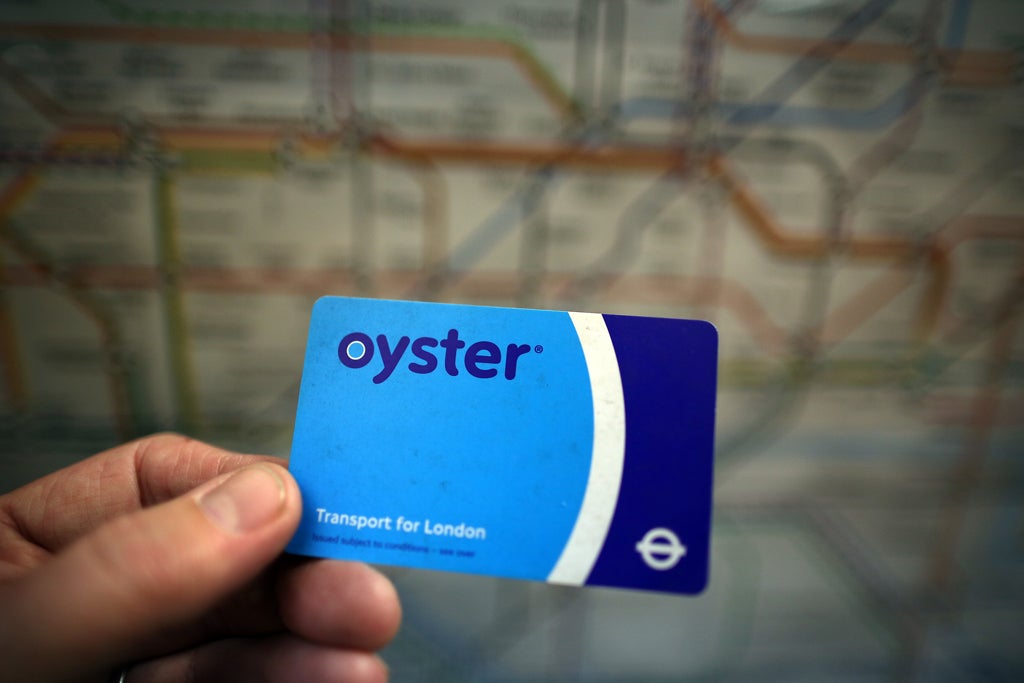Oyster card users pay up to £91 more each week than people using new contactless payment
Research by the London Assembly Labour Group highlights a huge pay gap between contactless and Oysters

Your support helps us to tell the story
From reproductive rights to climate change to Big Tech, The Independent is on the ground when the story is developing. Whether it's investigating the financials of Elon Musk's pro-Trump PAC or producing our latest documentary, 'The A Word', which shines a light on the American women fighting for reproductive rights, we know how important it is to parse out the facts from the messaging.
At such a critical moment in US history, we need reporters on the ground. Your donation allows us to keep sending journalists to speak to both sides of the story.
The Independent is trusted by Americans across the entire political spectrum. And unlike many other quality news outlets, we choose not to lock Americans out of our reporting and analysis with paywalls. We believe quality journalism should be available to everyone, paid for by those who can afford it.
Your support makes all the difference.London commuters who use Oyster cards are paying up to £91 more to travel each week than those who use contactless card payment, new research has revealed.
Transport for London (TfL) has introduced weekly caps on contactless cards, while only daily caps apply on Oyster.
Analysis by the London Assembly Labour party found passengers using pay-as-you-go fares, who travel between zones four and seven during peak-time seven days a week, would pay £121.40
However, passengers travelling through the same areas but using contactless payment would only spend £29.40 - a saving of up to £91.80. For those only commuting Monday to Friday, the saving on contactless would still be £68.60
This also means those travelling through zones one to four seven days a week would pay £68.40 - but contactless payment users would be charged just £45.
Meanwhile, a zone one to six commuter who hits the peak-time daily cap (five times) would save £21.80 per week by switching from Oyster to contactless card payment.
London Assembly Member Val Shawcross said the figures raise questions over Boris Johnson’s pledge that Oyster cards would also be the cheapest way of travelling in the capital.
She said: "Boris Johnson has repeatedly said that Oyster would always be the cheapest way to travel but that simply isn't true.
"When Boris Johnson launched contactless he could have chosen to add weekly caps to the Oyster card.
"Instead he purposely chose to give contactless card users a better deal, despite almost half a million Londoners not having a bank account let alone a contactless card."
This is a complex process, she explained, because it requires changes to the card readers, back office and to retailing systems.
Ms Verma said: “The same fares apply to both contactless and Oyster. Contactless provides the convenience of Monday to Sunday capping, giving customers the same fare as is available to Oyster customers who buy a weekly Travelcard or bus pass.
“If a customer uses contactless for a week within zones 4 to 7 they will get their fare capped at £29.40. If a customer buys a weekly Travelcard on their Oyster card for zones 4 to 7 they will also pay the same fare of £29.40."
Join our commenting forum
Join thought-provoking conversations, follow other Independent readers and see their replies
Comments